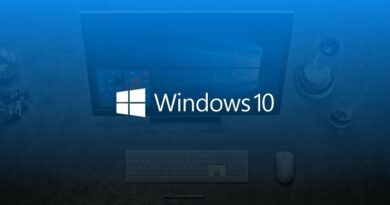How to clear all types of cache in Windows 10
Table of Contents
How to clear all types of cache in Windows 10, Clearing the cache on your computer regularly can help improve its speed and overall performance. You will find Clear Cache in Windows 10 in the steps below.
Clear all types of cache in Windows 10
The “cache” function in a computer is basically designed to store the most commonly used data for reuse by applications, programs, and processes running on the computer.
Although this usually helps to improve the overall speed and performance of the application, the cache will eventually fill up with outdated files, which can cause the device’s performance to degrade.
Sometimes, cached files may even be corrupted or malfunctioning, preventing the application from running properly and causing other problems.
Therefore, it is necessary to clear all types of temporary files and cache files from the device, especially if it is running slowly or encountering problems.
Run storage awareness manually
You can manually run the Storage Sense utility on your computer at any time to clear the unused temporary files of Apps on your computer.
Go to Settings > System > Select Storage in the left-pane. In the right-pane, click on Configure Storage Sense or run it now option. On the next screen, select the File types that you want to remove and click on Clean now button.

This will remove all the temporary and other selected unwanted files from your device.
Use Disk Cleanup App
The Disk Cleanup Wizard is a classic Windows storage management tool that is still available in Windows 10.
Type Disk Cleanup in the Search bar > right-click on Disk Cleanup App and click on Run as Administrator. When prompted, enter your Admin Password and wait for Windows 10 to calculate the amount of storage space that can freed up on your device.
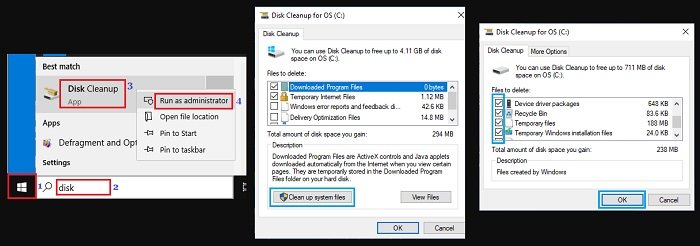
On the Disk Cleanup screen, click on Clean up System Files button. On the confirmation pop-up, click on Yes option to confirm > On Disk Cleanup screen, select Items that you want to remove and click on OK. On the confirmation pop-up, select Delete Files option and wait for Disk Cleanup utility to clean up the selected types of files from your computer.
Clear DNS Cache
Type CMD in the Search bar > right-click on Command Prompt and select Run as Administrator option. On Command Prompt window, type ipconfig /flushdns and press the Enter key.
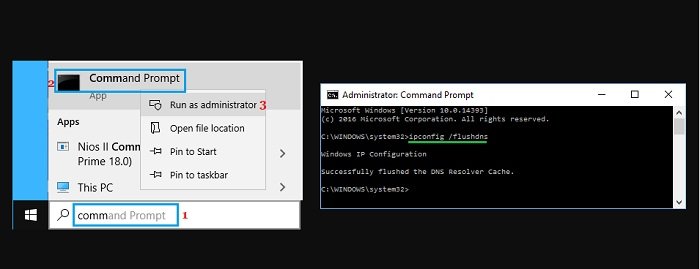
Once the Command is processed, you will see ‘Successfully flushed the DNS Resolver Cache’ message.
Clear Windows Store Cache
Right-click on the Start button and click on RUN. In Run Command window, type wsreset.exe and click on OK. You will see a blank window appearing on the screen of your computer.
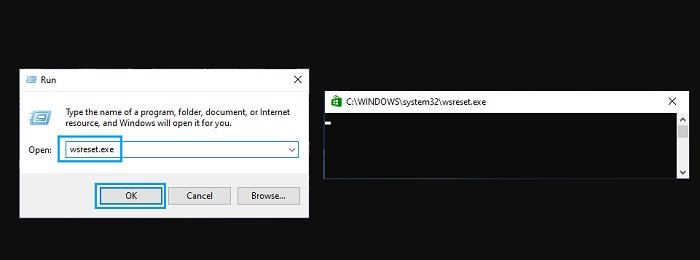
Patiently, wait for Windows Store Cache to be cleared, after which the black screen will close and you will see Windows Store launching on your computer.
Clear Location Data
Go to Settings > Privacy > select Location in the left-pane. In the right-pane, scroll down to ‘Location History’ section and click on the Clear button.
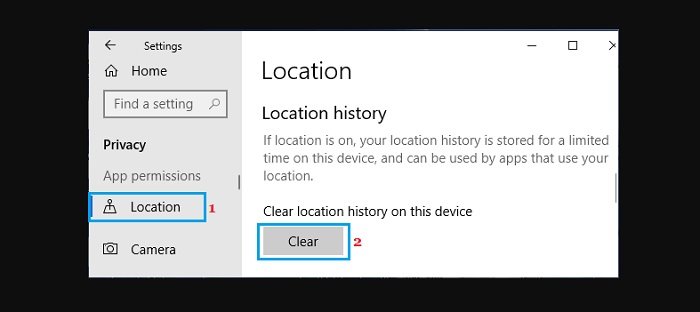
This will clear the Location History as stored by Windows 10 on your device.
Clear Browser Cache
Type ‘Internet options’ in the Search bar and click on Internet Options (Control Panel). On Internet Properties screen, click on the Delete button located under ‘Browsing History’ section.
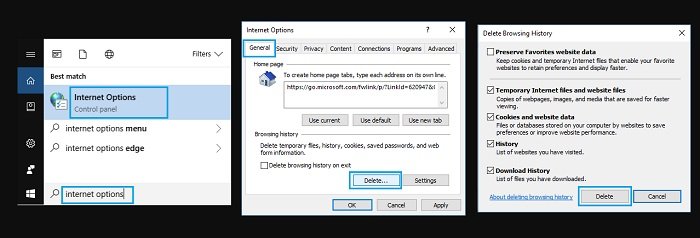
On the pop-up, select Temporary Internet Files, Cookies/Website data, History, Download History and click on the Delete button.
Clear Windows Icon Cache
Open File Explorer > navigate to C > Users > Username > AppData > Local > Microsoft > Windows > Explorer.

In the Explorer Folder, select all the Files that start with iconcache and delete them.
Clear System Restore Cache
In the event that you have empowered the alternative to naturally make System Restore Points, your PC is probably going to be topped off with different System Restore Points, pointlessly occupying extra space on your PC.
Type Disk Cleanup in the Search bar > right-click on Disk Cleanup App and click on Run as Administrator. On the next screen, select the More options tab and click Clean up button under “System Restore & Shadow copies” section.
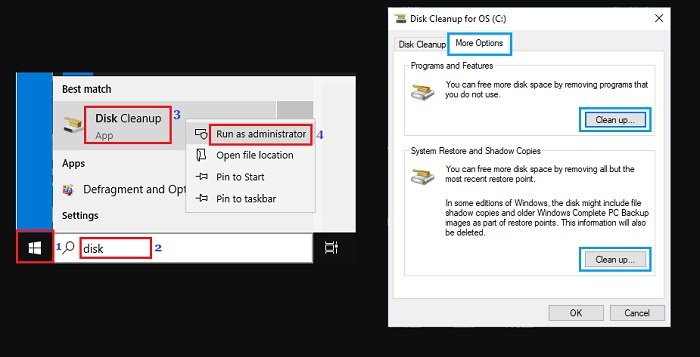
On the conformation pop-up, click on the Delete button to confirm.
Windows will now delete all the System Restore points on your computer and keep only the most recent System Restore point on your computer.
More: Are you having errors Unable to Sign Into Microsoft Teams Error Code CAA2000B? Please refer to the article on How to Fix Unable to Sign Into Microsoft Teams Error Code CAA2000B.

